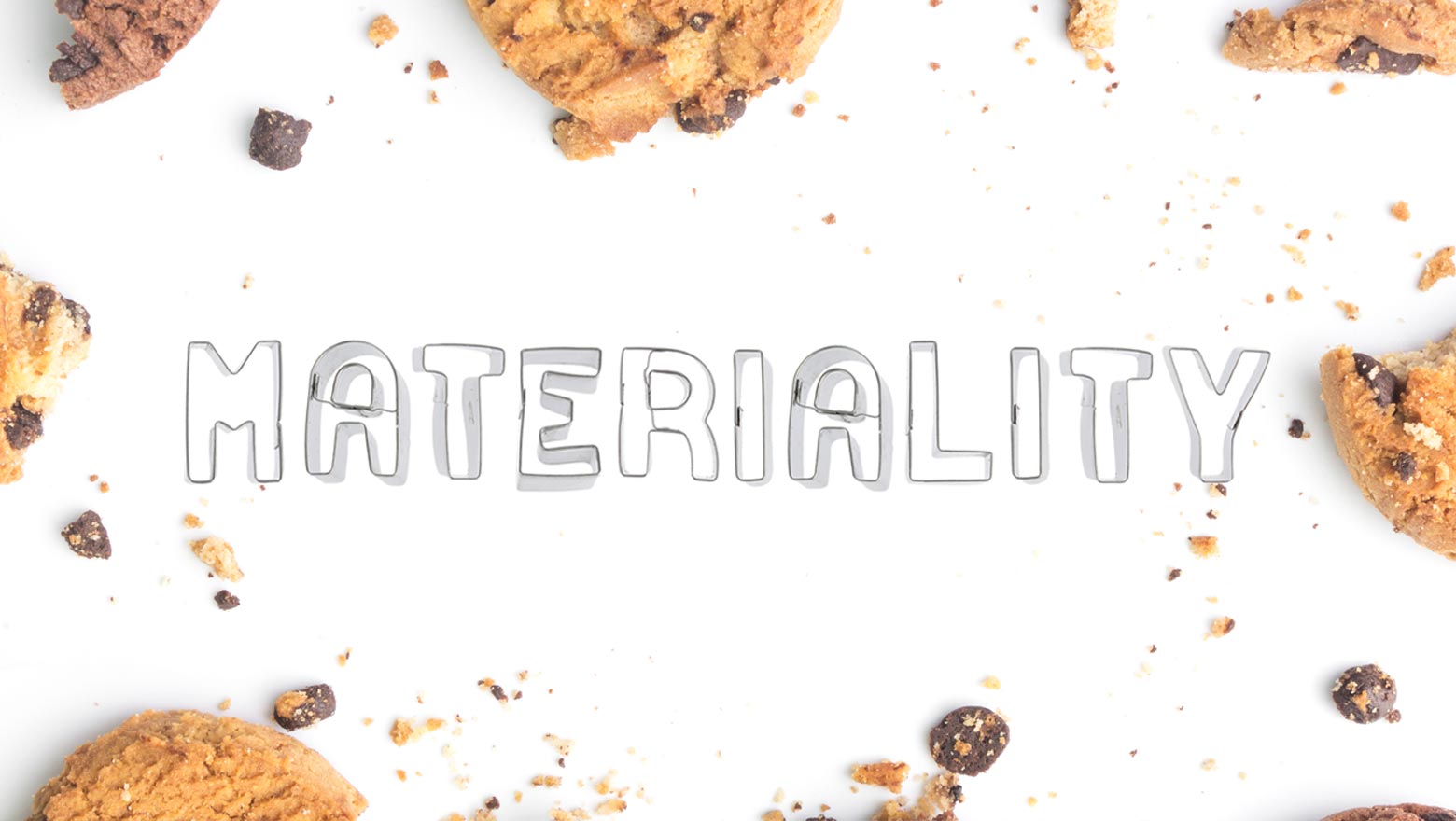
For us at Ever, it’s all about taking the decision-useful data that the research has given us and using it to ask questions of your current strategy, ensure you’re spending the right amount of enthusiasm, energy and investment on areas where you have genuine impacts, risks and opportunities and feeding into boardroom discussions to help steer the business towards its goals.
Stay informed with regulations, insights & events by joining our mailer
The market for materiality is booming and it seems like everyone is undertaking this sustainability prioritisation exercise.
But with compliance top of mind under the EU’s CSRD, the genuinely exciting part of materiality – the “bite” which turns data from insight into impact – can feel like an afterthought.
What can you do to make sure that your double materiality assessment is impactful and not just another tick-box exercise?
1. Tailored approach, not cookie-cutter solutions
EFRAG shares a lot of useful guidance around CSRD, but one of the key points is that each business needs to undertake materiality to suit its own operations. For some, gathering intelligence may be all about subject matter expert engagement; for others, it might be deep dives into supply chain data, market trends and horizon scanning; and some other businesses might find that stakeholder surveys provide the most useful content to draw out material issues. Most projects need all of the above, and we work with clients to make sure that their inputs are assessed and even weighted in the manner that feels right for their business.
Our proprietary approach to materiality is one we have been using for four years and allows our clients to co-create the engagement and really get behind the data and its implications. We share an assurance-ready methodology statement at the end, with both an internal and an external version to share with our clients.
2. The “So what?” factor
No one wants, at the end of a rigorous materiality process, to be simply handed a spreadsheet as the final deliverable and told that the project is over. For us at Ever, it’s all about taking the decision-useful data that the research has given us and using it to ask questions of your current strategy, ensure you’re spending the right amount of enthusiasm, energy and investment on areas where you have genuine impacts, risks and opportunities and feeding into boardroom discussions to help steer the business towards its goals. For every outcome of a materiality assessment, we ask “So what?” and help you move from data point to impact.
3. Getting it down on (beautifully designed) paper
At Ever, we are lucky enough to be part of Design Portfolio one of the UK’s best-loved corporate communications agencies, specialising in annual and sustainability reporting suites, from paper to websites. As part of our standard offering, we include a CSRD reporting workshop planning session. This helps you understand the requirements and develop a clear plan for how you want to share your findings to have the most impact on your key audiences. We also help you make your double materiality assessment beautiful, with visual design, infographics and imagery to show clearly what’s important, how important it is, and why.
4. Chatting with the auditors
There’s nothing we love more than a call with our friends and partners in the audit office. Both internal and external auditors offer us the chance to check our work, improve our processes and push the market forward. Our materiality assessments come with audit support built in so that you can draw us into the assurance process whenever you like. We tend to like engaging with auditors as close as possible to the start of the project so we can make sure that all expectations are made clear to everyone.
5. The three-year zoom out
Disclosure is never a once-and-done process, and with CSRD for most businesses there will be a gap between the year you undertake your materiality assessment and the year you will be expected to fully comply. This “transition” or “bridge” year offers us a chance to do what we always do with clients and zoom out to think about the three-year evolution of your disclosure. What content needs to be where in your reporting suite, and by when? What’s the value of your sustainability report as a standalone document, and which audience does each document speak to, at what time? We sit down with you and your key stakeholders for a free CSRD disclosure planning session as part of every materiality assessment to help design a three-year pathway to steer your way through the regulation and expectation.
CSRD Lab
Learn more about our approach to materiality and CSRD with our free CSRD Lab introduction.
Our CSRD Lab is a cross-discipline project researching and experimenting with the new world of sustainability reporting under CSRD. Working together with designers, auditors, regulators, content strategists and sustainability experts, we are exploring compelling and innovative new ways of sharing your sustainability story, how to capitalise on the new role of the standalone sustainability report, and how to make CSRD-aligned data compelling and exciting to read.
To keep you ahead of the curve, we offer a free CSRD Lab introduction. We run these sessions periodically with current and potential clients, regulators, academics and other interested parties and it is designed to provide you with the latest experiments, insights and practical advice on CSRD compliance and reporting, ensuring you stay informed and prepared.
To learn more about Ever’s approach to materiality assessments with more bite, get in touch!
